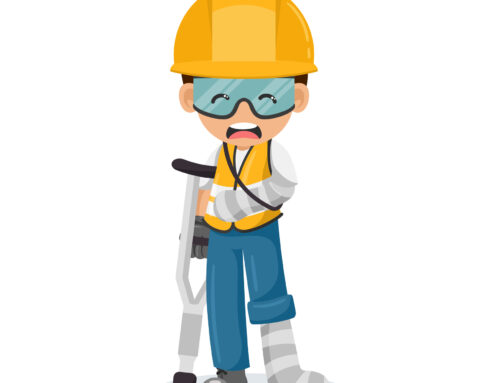Keeping Young Workers Safe
Shawnee Love •
September 14, 2017
There has been a lot of talk about what the younger generations want in the workplace, but not so much about what they need. The inspiration for this blog came up recently when I had a BC based client ask me:
is it truly illegal to have young workers working without direct supervision from an adult?
Apparently, this poor client had a pipe burst and the two youth (16 & 17 years of age) who were the only ones working at the time didn’t know what to do. After the fact, they told their manager that it was illegal to not have an adult on site.
That is false. There isn’t any law in BC that says at least one worker onsite must be an adult.
However, in BC (as with other provinces), there are rules from employment standards around the minimum age a person has to be before they can work without parental consent. There are also rules around how many hours per week a young person in school can work. And there are health and safety regulations surrounding the training and orientation of young and new workers as well as rules around working alone, working too many hours, and auditing workplaces to identify hazards and then minimize or eliminate them.
Canada’s health & safety agencies also have an overarching requirement that employers protect the safety of their workers and seek to avoid or minimize any hazards and/or risks which could create an unsafe situation for a worker. That is, every employer has a responsibility to assess the dangers in the workplace, and to assess the capability of each individual worker as it relates to handling the work and the dangers that exist. Then, the employer must provide “the necessary instruction and supervision to keep workers safe”.
Circling back to what young workers need, it is my observation that the youth of today are less prepared for the world of work than someone who was the same age 50 years ago when it was more common for young people to be helping with manual labour around the house or neighbourhood, getting “real” jobs, and leaving their parents’ nests before they could vote in an election.
For that reason, employers do need to give sober second thought to employment practices such as hiring and scheduling as well as how they train and orient when it comes to young and new workers. Additionally check points and check ins also have become more important because the youth of today appreciate more regular contact and feedback than previous generations expected. That all being said, here is what you can do to protect and prepare your young and new workers for what your workplace throws at them:
- Evaluate potential candidates for maturity and capability of handlin
 g challenging situations and operational crises.
g challenging situations and operational crises. - Identify a lead person and/or position on shift who meets the standards for maturity and capability.
- Do a hazard assessment of the workplace. Risks vary across environments, but extend beyond physical risks to include mental and emotional risks, e.g., how to deal with a hold up, aggressive customer, or overwhelming workload, etc.
- Initiate systems for who to call when and ensure those systems (and the people behind them) are responsive. It’s easy to say if there is a fire, call 911, but you also need systems for who to call if the alarm goes off, a pipe bursts, the lights go out, etc.
- Ensure you are doing your new and young worker orientations for everyone 25 and under or who is new to working and remember to build in follow up to ensure the information sticks.
- On an ongoing basis, do safety audits. Ask workers what would make them feel more safe and competent and learn and make improvements from what they raise.
Please comment if you have additional ideas for how to help young workers be successful.





